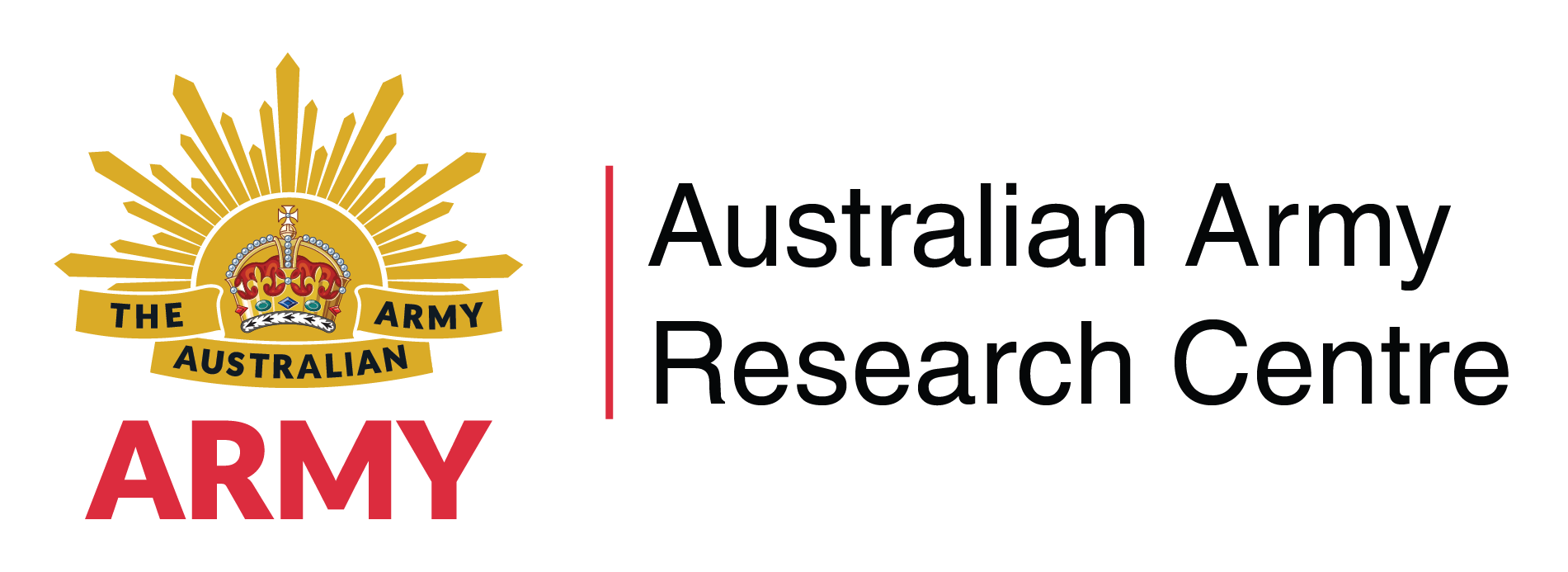Search
Using the filters to the left, click your selection, it will become bold and filter the results, click it again to remove that filter.
Introduction Studies have demonstrated human-machine teaming (HMT) to be an effective and strategic mechanism for combining the strengths of human skills and knowledge with the benefits of robotic, autonomous and artificial intelligence (RAS-AI) enabled capabilities. [1] In a military context, HMT provides a way for ‘humans to operate in tomorrow’s faster, more data-heavy and more autonomous battlefield.' [2] The advent of HMT has also paved the way for other forms of collaborative military operations, …
From Plato to NATO, the history of command in war consists essentially of an endless quest for certainty. [1] Warfare has both changed and remained surprisingly similar over the last century. The interventions in Iraq and Afghanistan led the Western world to believe that conflicts in the 21 st century would be characterised by stabilisation, intervention and avoiding the human costs suffered during the two world wars and the Vietnam War. The Russo-Ukrainian War has shown this not to be the case, with …
The emphasis of studies intended to identify lessons from the Russo-Ukrainian War tends to fall into three categories: studies of procurement and capability innovation; [1] studies of threat with recommendations on adaptations to tactics, techniques and procedures; [2] and studies of platform effectiveness, especially of uncrewed aerial vehicles (UAVs). [3] Far less has been written on what can be learned from the Armed Forces of Ukraine (AFU) as regards force structure, or the employment of capabilities …
Introduction Quantum technologies are a suite of emerging technologies that exploit the fundamental laws of nature to offer unprecedented capabilities in sensing, imaging, communications and computing. They are diverse, complex, generally early in technical readiness, and they demand new ways of thinking about the employment and exploitation of technology. [1] Quantum technologies take advantage of the way matter and light behave at atomic and subatomic scales. ‘Quantum mechanical properties (like …
Discussions of strategy too often descend rapidly from framing and defining the ‘ends’ to single-minded discourse on ‘means’. Indeed, the focus is often almost exclusively on ‘means’ … with ‘means’ being synonymous with vehicles and equipment. [1] Chief of the Australian Army, 15 May 2024 Introduction In this article I find a conceptual gap in Defence strategic policy directing the Australian Defence Force (ADF) to conduct littoral manoeuvre in Australia’s northern approaches. [2] After an earlier career …
Introduction Throughout history, military commanders have sought to exploit technologically superior capabilities to achieve tactical advantage on the battlefield. Technology informs strategy and provides tools to deliver tactical advantage, and is widely recognised as a force multiplier on the battlefield. [1] However, technologically superior capabilities alone do not assure military success; rather it is ‘the integration of innovation into effective methods and means that gives a strategic or tactical …
De Gruyter Oldenbourg , 2023, ISBN 9783110657258, 471 pp, RRP EUR€84.95 (hardcover) Edited by: Mark Charles Fissel Reviewed by: Nick Bosio Many commentators view the concepts of military revolutions and revolutions in military affairs (RMA) as synonymous with technological advantage. A cursory view of these concepts assumes that advanced technology drives military development. Under this simple view, the military that harnesses technology more quickly than its opponent will achieve superiority. …

The New Rules of Maritime Order New Haven, Connecticut: Yale University Press , 2023, ISBN 9780300256475, 416 pp, RRP US$40.00 Author: Isaac B Kardon Reviewed by: Samuel White Isaac B Kardon’s China’s Law of the Sea: The New Rules of Maritime Order offers an insightful examination of China’s maritime ambitions and their implications for international maritime law. My own background is in the Australian Defence Force (ADF) (13 years across the permanent and reserve forces), and in my civilian employment …

The Russian Invasion and Ukraine’s War of Independence Penguin Random House, 2025, ISBN 9781405957946, 400 pp, RRP AU$24.95 (softcover) Author: Yaroslav Trofimov Reviewed by: Oleksandra Molloy In his book Our Enemies Will Vanish : The Russian Invasion and Ukraine’s War of Independence , [1] Yaroslav Trofimov reports firsthand perspectives on Russia’s war against Ukraine. In the ever-evolving field of contemporary warfare, Trofimov’s book stands as a critical document, offering both granular battlefield …

Cambria Press, 2023, ISBN 9781621966739, 280 pp, RRP USD$109.99 (hardcover) Author: Tracey German Reviewed by: Alexey D Muraviev It is not an overstatement to observe that anyone in the profession of arms, and in the broader community of professionals and scholars in defence and strategic studies, would value opportunities to raise their awareness of adversaries and their capabilities. Such efforts often prioritise the careful studies of their military technology and tactics. However, a broader inquiry …

